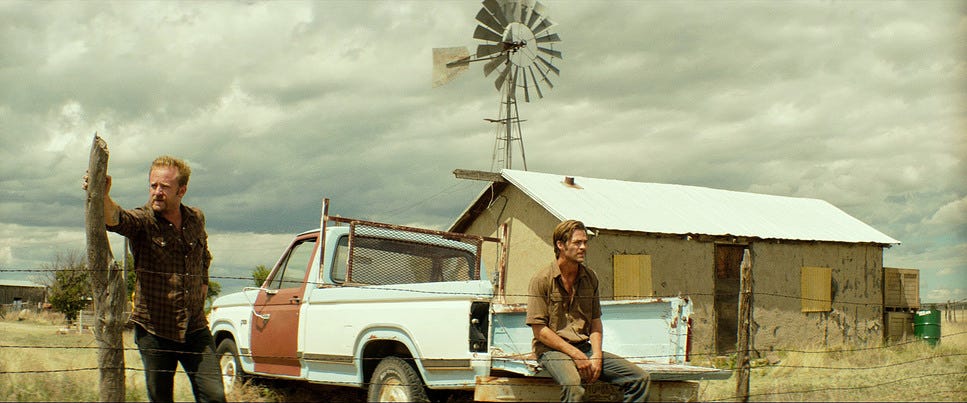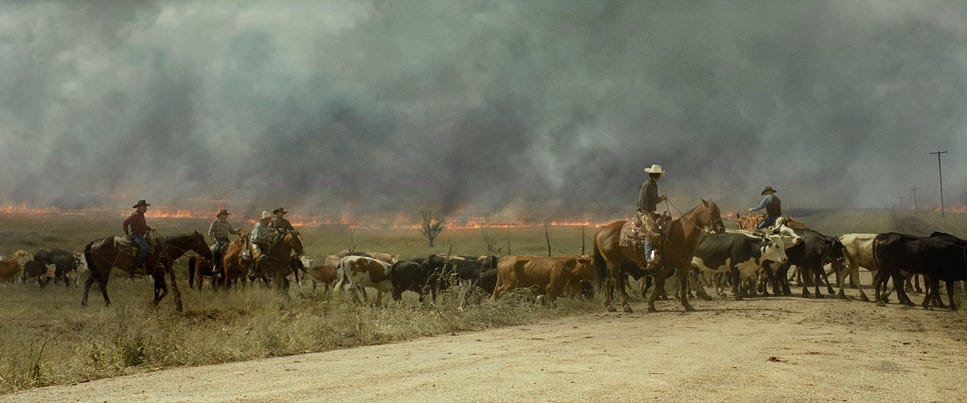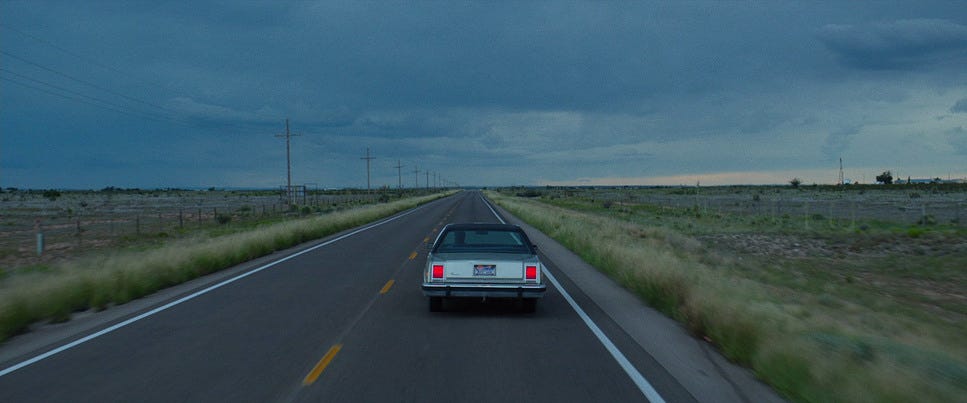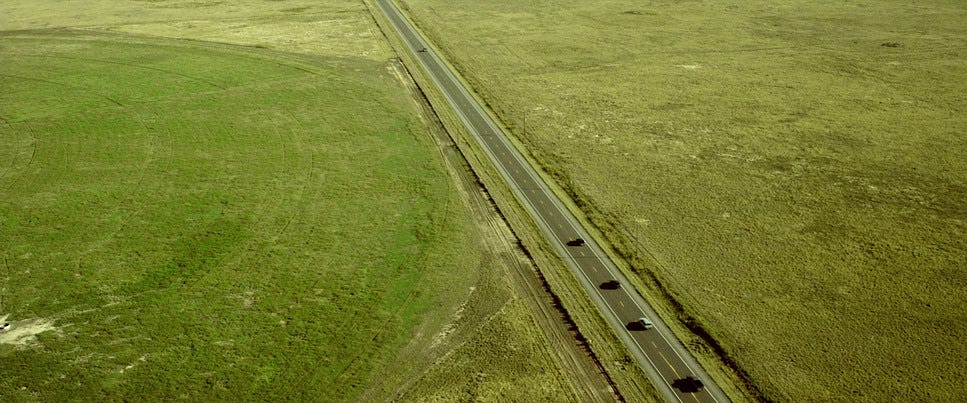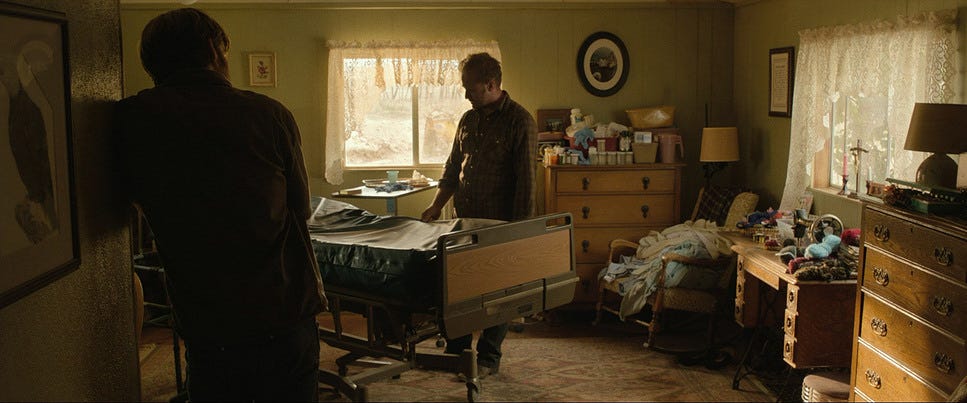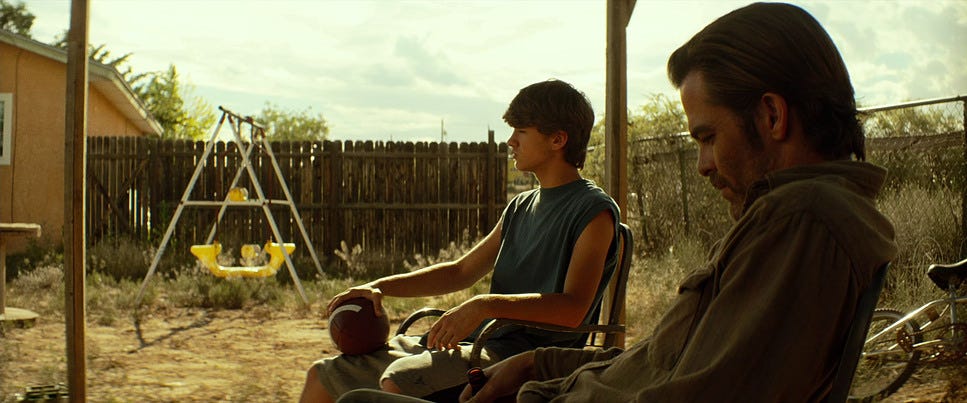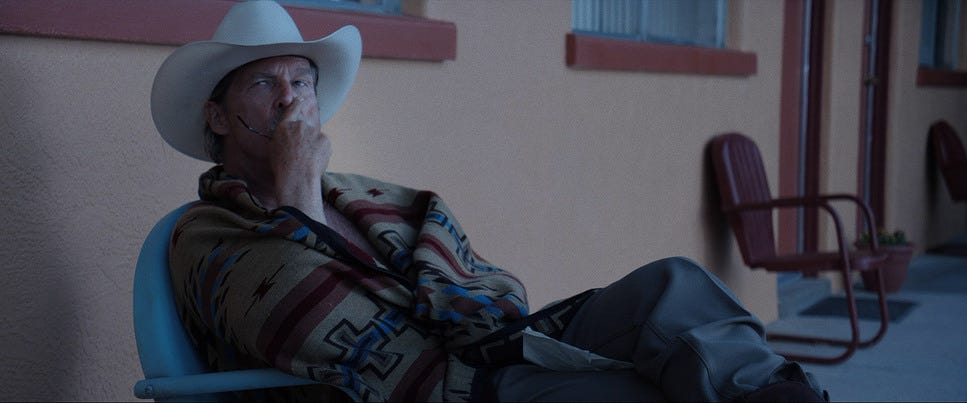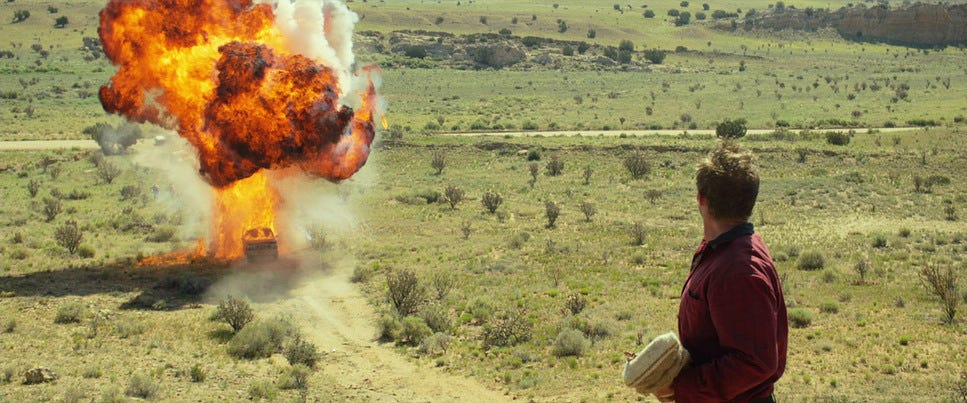Reel Breakdown #32: HELL OR HIGH WATER (2016)
Legacy, Loss, and the Quiet Rage of a Forgotten America.
When we talk about Hell or High Water (2016), we’re not just talking about a neo-Western crime drama. We’re talking about a film that walks into the pantheon of great American cinema with dusty boots, a blood-stained conscience, and a moral compass spinning like a rusted weathervane in a West Texas windstorm.
It's a film that captures the essence of the American experience.
Directed by David Mackenzie, a Scottish filmmaker no less, this is a movie about America — and somehow, it feels more authentically American than 90% of films made by those born and bred in the U.S. Mackenzie may not have grown up in the Panhandle. Still, with Hell or High Water, he proved he understood the ache, the rage, and the quiet dignity of those who did.
Let’s break it down.
The Outsider Who Understood the Inside
Before this film, Mackenzie had flown under the radar with eclectic work, including Starred Up (2013), a brutal and character-focused prison drama, and Young Adam (2003), a moody psychological drama. These films showcased Mackenzie's ability to delve into complex characters and intense situations.
They are good films.
They are gritty films.
But Hell or High Water was the breakout — a career-defining pivot that screamed: “Yeah, I see America clearer than you do.”
Here, he strips away excess. There are no music video montages, handheld, shaky-cam mes; just clean, deliberate storytelling, lensed with almost classical restraint.
Mackenzie leans back and lets the desert speak, and what it says is bleak, beautiful, and deeply human.
Shotguns and Silence
Shot by the great Giles Nuttgens, the cinematography in Hell or High Water is a masterclass in geography as psychology. It was shot on the Arri Alexa XT Plus in ARRIRAW 3.4K and meticulously color-graded to mimic the look and emotional resonance of Kodak 35mm — think dust-faded reds, hard light yellows, and gunmetal greys. That digital/film hybrid look? Seamless.
Aspect Ratio: 2.39:1 — classic widescreen, chosen for a reason. This ain't just for pretty landscape porn. It's to stretch the horizon, amplify the isolation, and underline the emptiness between people in a land that’s swallowed more dreams than it’s fulfilled.
Characters are often framed against the vast sky or boxed into doorways and windows — visually trapped by the land they’re trying to escape or defend.
Inspired by Terrence Malick’s Days of Heaven (1978) and the stoic quiet of No Country for Old Men (2007), every shot in this film is a sentence in the visual grammar of the American myth.
The film's visuals, ranging from vast landscapes to intimate character shots, all contribute to a narrative deeply rooted in the American experience.
Taylor Sheridan’s American Gospel
The script, penned by Taylor Sheridan, is straight-up modern classic material. He called this a “contemporary western” — but don’t mistake that for genre cosplay. Western is a state of mind, not cowboy hats and saloons.
This story is structured like a Greek tragedy dressed in denim and desperation. Each character is on a linear, inevitable path — Toby (Chris Pine), the desperate father trying to change his legacy; Tanner (Ben Foster), the volatile older brother who knows his time is up; Marcus Hamilton (Jeff Bridges), the aging lawman fighting off the end of his relevance.
And the stakes? No, it's not about millions.
It's $43,000.
That’s what they need to steal. Just enough to pay off the reverse mortgage on their mama’s ranch. Because Toby doesn’t want wealth, he wants to break the cycle. That’s what makes him one of the most compelling protagonists of the decade.
It’s a heist film about inheritance, not adrenaline.
Legacy, Poverty, and the American Mirage
This movie’s heart beats on two themes: legacy and the moral math of poverty.
Toby says, "I've been poor my whole life, like a disease passing from generation to generation. But not my boys. Not anymore."
That line?
That’s the core of the film.
This isn't just a crime. It's resistance.
It’s about doing something that lasts in a world designed to strip people bare.
Tanner, on the other hand, knows he’s a bullet waiting to be fired. He doesn’t care about the future. His sacrifice is his atonement. He doesn’t say it out loud, but his final standoff is him cashing out his chips so Toby can win a hand for once.
Then you have Marcus, the soon-to-be-retired Texas Ranger, wrestling with the death of purpose. His partner, Alberto (Gil Birmingham), is the only friend he has, and when Alberto is killed, something inside Marcus dies too. Suddenly, the lawman mask cracks, and all that’s left is a bitter, lonely man who realizes maybe he traded everything for a job that no longer needs him.
Sound, Music, and the Howl of the Wind
Nick Cave and Warren Ellis composed the score, and it’s haunting.
Sparse strings, low hums.
The music doesn’t lead scenes.
It haunts them like the wind through a dying town.
It’s a ghost that lives in the space between gunshots and glances.
Post-Recession Rage
Released in 2016, a time of reckoning in America following the 2008 recession, Hell or High Water doesn’t preach but listens. It understands the economic despair when you're one missed payment from extinction. It’s not left or right. It’s real, mirroring the working-class rage that was boiling then.
This film wasn’t just a reaction — it was a prophecy. It captured a particular American ache that would only intensify. And now, years later, it feels even more relevant.
What It Meant Then, and What It Means Now
Hell or High Water was a sleeper hit, earning four Oscar nominations, including Best Picture, Best Supporting Actor (for Bridges), Best Original Screenplay, and Best Editing.
And it should’ve won.
It put Mackenzie and Sheridan on the map. Sheridan would go on to build the Yellowstone empire.
Mackenzie?
He went quieter, but this film is a flex that few directors ever pull off.
This movie proved that you can still tell big, profound stories in seemingly small, remote places. You can still make movies for grown-ups. And you can still say something real with just a few men, some guns, and a lot of silence.
Final Take
This is American cinema stripped to the bone.
No fat.
No bullshit.
Just moral ambiguity, dying towns, and a story about what we leave behind when we’ve got nothing left to give but love and rage.
It’s Western noir.
It’s a family drama.
It’s a heist thriller.
And it’s art.
And maybe, just maybe, this film's greatest lesson is that you don’t have to be a saint to be a savior.




